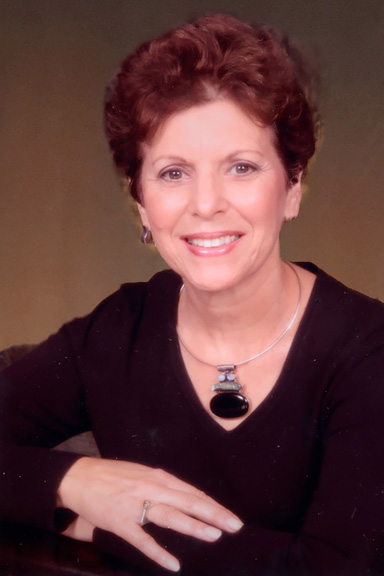Ellen Cantor is a Southern California artist who uses the camera to reimagine the family photo album and objects that hold personal histories in order to explore the distillation and persistence of memory.
She received a BS from The University of Illinois at Champaign-Urbana and continued her education in Interior and Architectural Design at UCLA.
Her work has been featured in 19 solo exhibitions including dnj gallery, Santa Monica, CA, The Griffin Museum of Photography, The Center for Fine Art Photography, and The Spartanburg Museum of Art. She was a Critical Mass finalist in 2015 and 2016 and winner of the Julia Margaret Cameron Award for Women Photographers as well as first place in the Fine Art category. Since 2016, she has participated in over 25 national and international group exhibitions which include the Italian Cultural Exchange in Naples, Italy.
Her photographs have been published in Harper's Magazine, Muzee Magazine and SHUTR Magazine and online in Lenscratch, f-stopmagazine, fraction magazine, rfotofolio, Voyage LA Magazine, My Daily Photograph, Lightleaked, a photo editor, Float Online Magazine, thisiscolossal.com and Silvershotz.
Ellen is represented by dnj gallery, Santa Monica, CA, Susan Spiritus Gallery, Irvine, CA and Truth and Beauty Gallery, Vancouver, BC, Canada.
Upcoming shows:
VISUAL DNA... the language of photographs at
dnj Gallery, Santa Monica in March, 2020
Mimi and Her Purses at the
Griffin Museum of Photography, Winchester, MA in Spring, 2020
